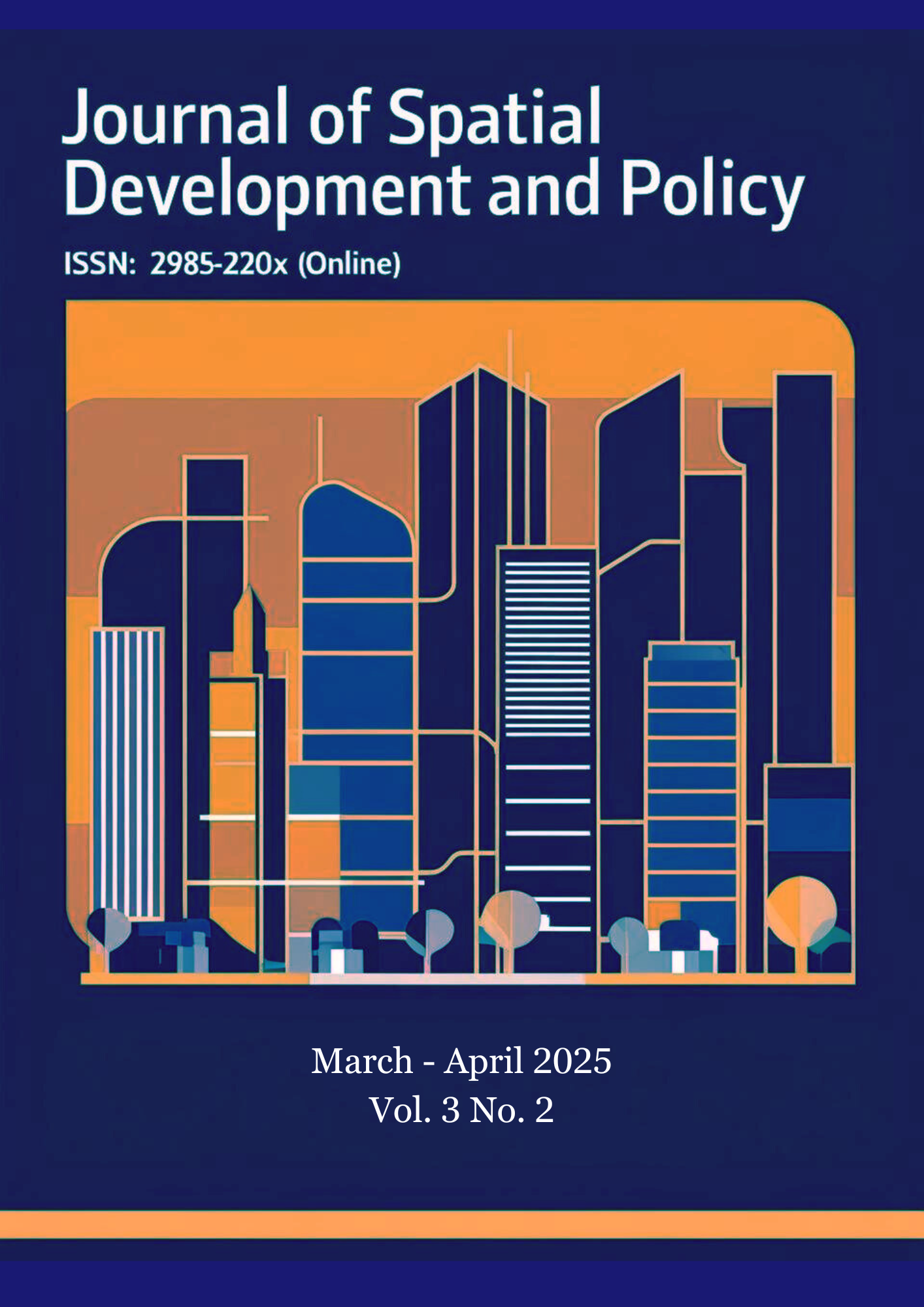Buddhist Communication Methods in Political Communication of Local Politicians in Rungrawi Subdistrict Administrative Organization, Namklieng District, Sisaket Province
Main Article Content
Abstract
This research article aims to study (1) the conditions and problems of political communication among local politicians in the Subdistrict Administrative Organization of Rungrawi, and (2) the Buddhist methods of political communication used by local politicians in the same area. This study employs a qualitative research approach, collecting data from 18 key informants divided into four groups: 3 scholars or practitioners in Buddhism, 6 local politicians, 3 scholars or practitioners in political science, and 6 community leaders, using in-depth interviews and descriptive content analysis. The findings reveal that 1) the conditions and problems of political communication include: (1) in terms of the sender, local politicians lack sincerity and honesty in their words; (2) regarding the message or information, there is a lack of comprehensive and timely dissemination of information, as well as a lack of information filtering; (3) in terms of channels for delivering messages or information, some citizens are unprepared to receive information in various aspects; and (4) concerning the receiver, some citizens lack reflection on the facts. 2) The Buddhist methods of political communication, according to the four principles of right speech, indicate that local politicians should practice Saccavāca (speaking the truth), Apisunnavāca (speaking without malice), Sannavāca (speaking kindly), and Samappalāpa (refraining from frivolous talk) when communicating with the public to maximize benefits for both the sender and the receiver.
Article Details

This work is licensed under a Creative Commons Attribution-NonCommercial-NoDerivatives 4.0 International License.
References
พระครูธรรมธรบุญเที่ยง พุทฺธสาวโก (ลักษณ์พลวงค์). (2564). การบูรณาการหลักพุทธธรรมกับการสื่อสารทางการเมืองเพื่อเสริมสร้างความสมานฉันท์. (ปรัชญาดุษฎีบัณฑิต, มหาวิทยาลัยมหาจุฬาลงกรณราชวิทยาลัย).
พระชินกร สุจิตฺโต (ทองดี). (2564). การบูรณาการหลักพุทธธรรมเพื่อส่งเสริมการสื่อสารทางการเมืองสำหรับประชาชนจังหวัดพระนครศรีอยุธยา. (ปรัชญาดุษฎีบัณฑิต, มหาวิทยาลัยมหาจุฬาลงกรณราชวิทยาลัย).
พระนุชิต นาคเสโน (โพวิชัย). (2565). การพัฒนาการสื่อสารทางการเมืองตามแนวพระพุทธศาสนาของนักการเมืองท้องถิ่นในจังหวัดพระนครศรีอยุธยา. (ปรัชญาดุษฎีบัณฑิต, มหาวิทยาลัยมหาจุฬาลงกรณราชวิทยาลัย).
พิบูลย์ เพียรพานิชกุล. (2565). การพัฒนาการสื่อสารทางการเมืองเชิงพุทธเพื่อการเลือกตั้งนายกองค์การบริหารส่วนจังหวัดนนทบุรี. (ปรัชญาดุษฎีบัณฑิต, มหาวิทยาลัยมหาจุฬาลงกรณราชวิทยาลัย).
มนัสนันท์ ศิวะพรพัฒนา. (2564). การสื่อสารทางการเมืองของนักการเมืองที่มีผลต่อการไปใช้สิทธิ์เลือกตั้งทั่วไป ของประชาชนในอำเภอบ้านบึง จังหวัดชลบุรี. (รัฐศาสตรมหาบัณฑิต, มหาวิทยาลัยมหาจุฬาลงกรณราชวิทยาลัย).
วัฒนา นนทชิต. (2558). การสื่อสารทางการเมืองกับการมีส่วนร่วมทางการเมืองการปกครองท้องถิ่น : ศึกษาเฉพาะกรณีเทศบาลเมืองท่าข้าม อำเภอพุนพิน จังหวัดสุราษฎร์ธานี. วารสารนวัตกรรมการจัดการภาครัฐและภาคเอกชน, 3(1), 37-45.
สุรพล พรมกุล. (2566). การสื่อสารทางการเมืองเพื่อพัฒนาท้องถิ่นของคณะผู้บริหารองค์กรปกครองส่วนท้องถิ่นในจังหวัดขอนแก่น. วารสารวิชาการวิทยาลัยบริหารศาสตร์, 6(3), 1-18.
สุรพล พรมกุล. (2562). การสื่อสารทางการเมืองของพระเทพปฏิภาณวาที (เจ้าคุณพิพิธ) ศึกษาในช่วงเวลา พ.ศ. 2540-2560. (ปรัชญาดุษฎีบัณฑิต, มหาวิทยาลัยเกริก).
องค์การบริหารส่วนตำบลรุ่งระวี. (2567). นโยบายผู้บริหาร. สืบค้นจาก https://rungravee.go.th/14-uncategorised/structure/45-personnel-2.html.
Berlo, D.K. (1960). The Process of Communication: Introduction to Theory and Practice. San Francisco: Rinehart Press.
